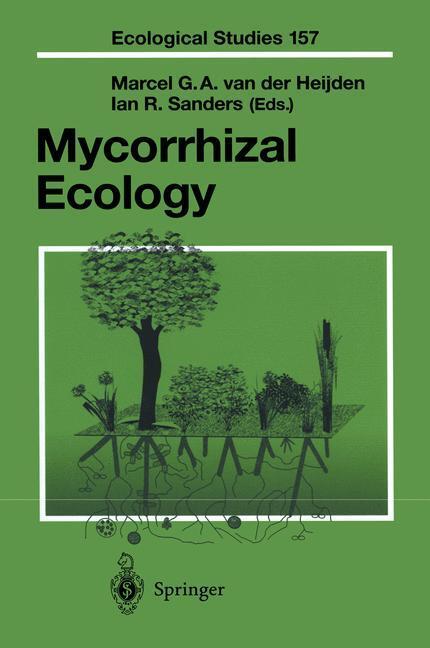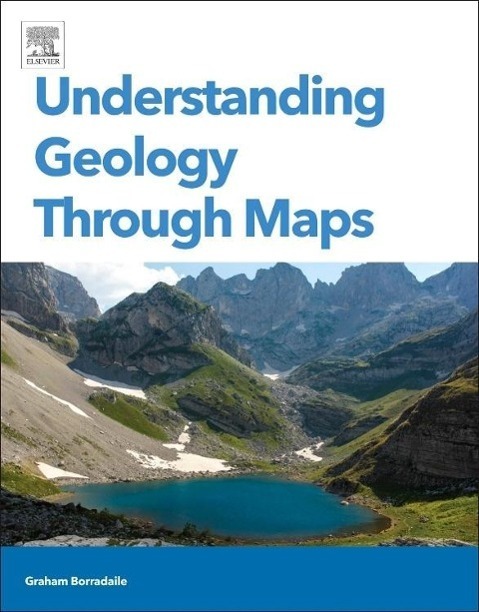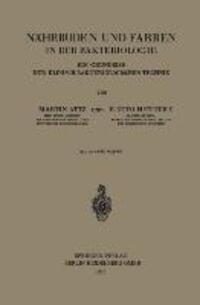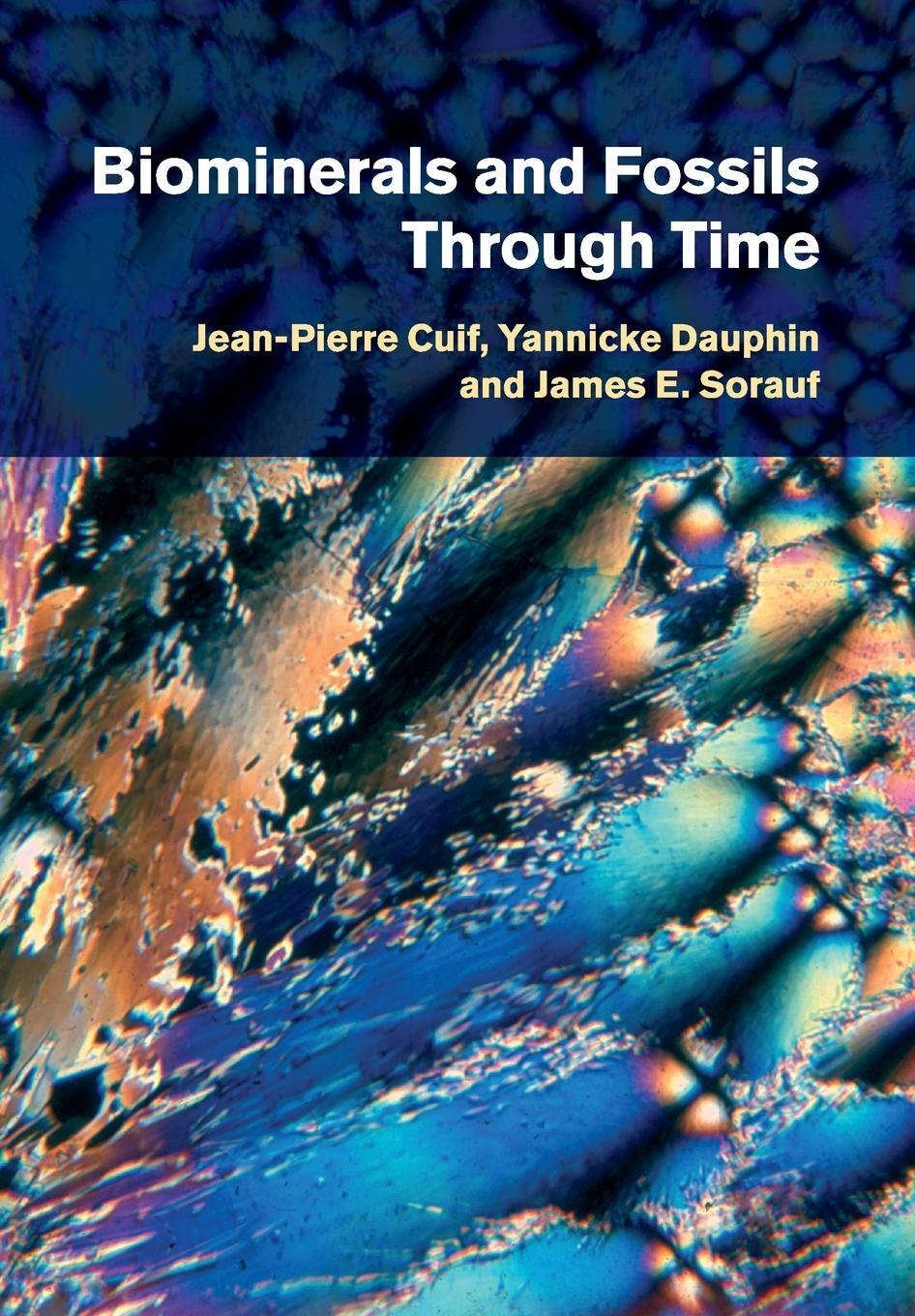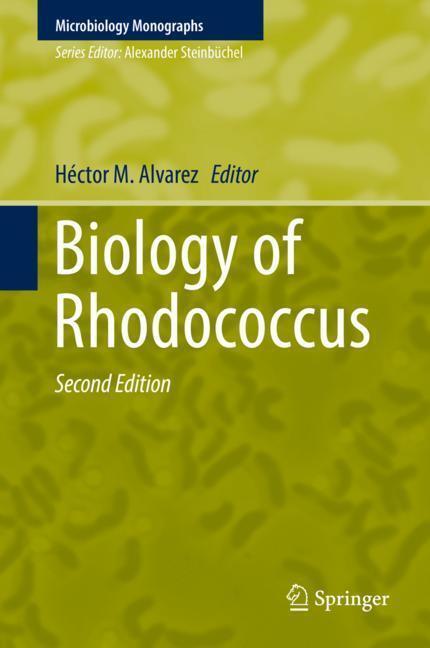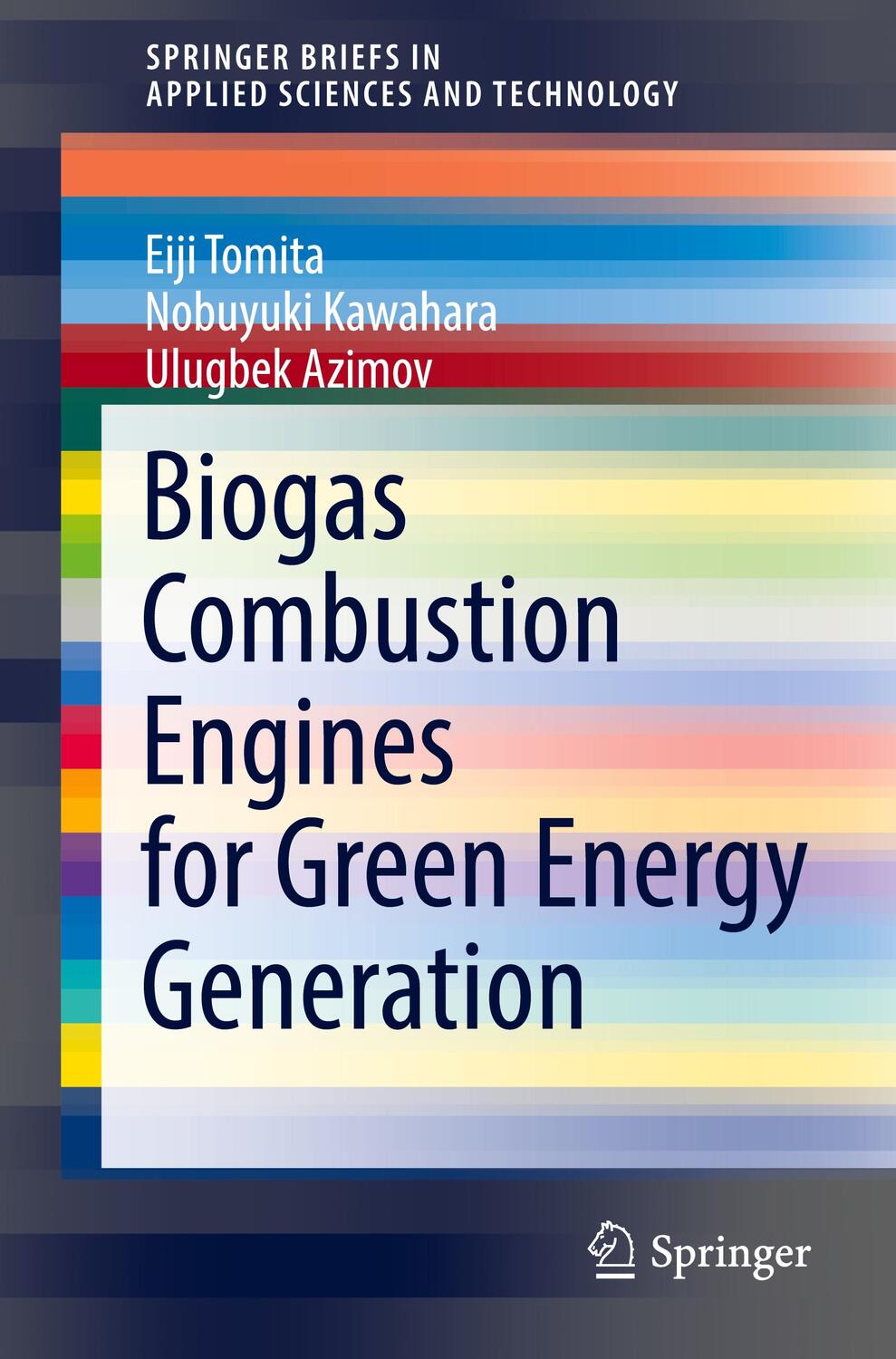235,95 €*
Versandkostenfrei per Post / DHL
Lieferzeit 4-7 Werktage
A summary of the most recent advances that have been made in the field of mycorrhizal ecology
Elucidates mechanisms that determine plant biodiversity - a prerequisite to ensure successful management for the conservation and restoration of ecosystems
Includes supplementary material: [...]
| Erscheinungsjahr: | 2003 |
|---|---|
| Fachbereich: | Ökologie |
| Genre: | Biologie |
| Rubrik: | Naturwissenschaften & Technik |
| Medium: | Taschenbuch |
| Seiten: | 496 |
| Reihe: | Ecological Studies |
| Inhalt: |
xxiv
471 S. |
| ISBN-13: | 9783540002048 |
| ISBN-10: | 3540002049 |
| Sprache: | Englisch |
| Ausstattung / Beilage: | Paperback |
| Einband: | Kartoniert / Broschiert |
| Redaktion: |
Sanders, Ian R.
Heijden, Marcel G. A. van der |
| Herausgeber: | Marcel G A van der Heijden/Ian R Sanders |
| Auflage: | 1st ed. 2002. 2nd printing 2003 |
| Hersteller: |
Springer-Verlag GmbH
Springer Berlin Heidelberg Ecological Studies |
| Maße: | 235 x 155 x 31 mm |
| Von/Mit: | Ian R. Sanders (u. a.) |
| Erscheinungsdatum: | 23.01.2003 |
| Gewicht: | 0,835 kg |
A summary of the most recent advances that have been made in the field of mycorrhizal ecology
Elucidates mechanisms that determine plant biodiversity - a prerequisite to ensure successful management for the conservation and restoration of ecosystems
Includes supplementary material: [...]
| Erscheinungsjahr: | 2003 |
|---|---|
| Fachbereich: | Ökologie |
| Genre: | Biologie |
| Rubrik: | Naturwissenschaften & Technik |
| Medium: | Taschenbuch |
| Seiten: | 496 |
| Reihe: | Ecological Studies |
| Inhalt: |
xxiv
471 S. |
| ISBN-13: | 9783540002048 |
| ISBN-10: | 3540002049 |
| Sprache: | Englisch |
| Ausstattung / Beilage: | Paperback |
| Einband: | Kartoniert / Broschiert |
| Redaktion: |
Sanders, Ian R.
Heijden, Marcel G. A. van der |
| Herausgeber: | Marcel G A van der Heijden/Ian R Sanders |
| Auflage: | 1st ed. 2002. 2nd printing 2003 |
| Hersteller: |
Springer-Verlag GmbH
Springer Berlin Heidelberg Ecological Studies |
| Maße: | 235 x 155 x 31 mm |
| Von/Mit: | Ian R. Sanders (u. a.) |
| Erscheinungsdatum: | 23.01.2003 |
| Gewicht: | 0,835 kg |

